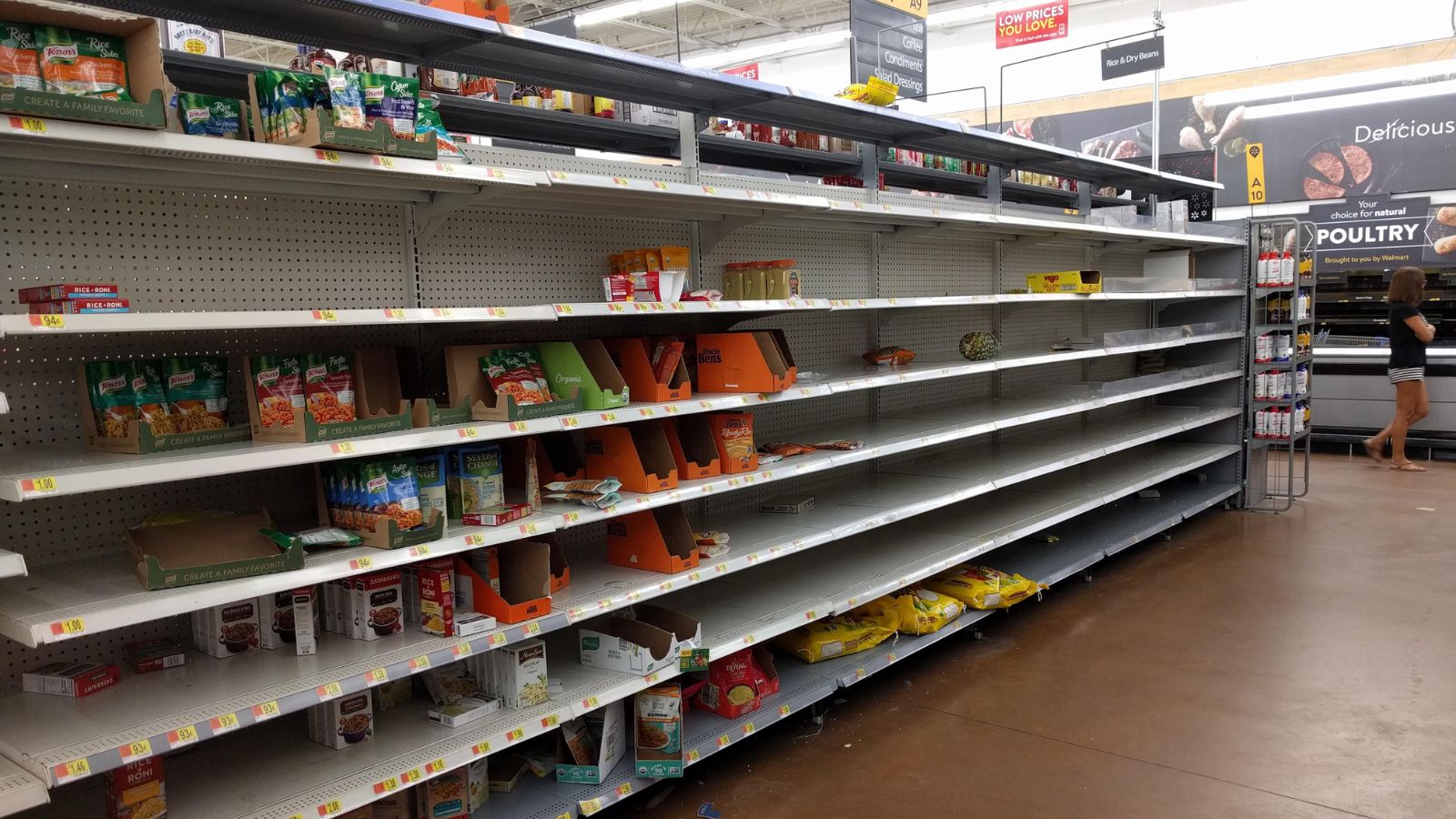Distribution management: The playbook on efficiency

Ioana Neamt

When it comes to distribution management, you want to be on the winning team. Picture it as the playbook for seamlessly getting goods into the hands of end-users. Just like in sports, efficient gameplay ensures the smooth movement of goods from producers to consumers.
On one hand, it’s about scoring timely deliveries and avoiding fumbles like spoilage and financial losses. On the other hand, it’s part of a larger logistics game, where we strategize every move, from packaging to fleet management. That said, distribution management is a game many businesses think they rock when, in truth, its moving pieces need to be carefully considered and used in due time.
So, what are the moving pieces of distribution management?
What is distribution management?
Distribution management is a critical play in the sales and profit game. Put simply, it directly affects how fast and efficiently a company can distribute its goods or services. Having a good distribution management system is also essential for maintaining competitiveness and ensuring customer satisfaction.
Developing a winning distribution management system for your business is the trick to hitting home runs in the supply chain game. But, overseeing the flow of products and ensuring they reach their destination efficiently and without damage is no easy feat.
The profitability of businesses hinges on the speed at which they can sell their goods. The equation is simple — increased sales translate to higher earnings, paving the way for a brighter future for the business. Distribution management oversees the journey of goods from production to the end user. So, it ends up encompassing a range of activities like packaging, warehousing, inventory control, routing, fleet management, delivery, and a lot of clockwork supply chain logistics.

The elements of distribution management
Distribution management is like the behind-the-scenes magic that ensures products make their way from the factory to your doorstep smoothly. Think of it as a well-choreographed dance involving various steps and tools:
- Supply chain — This is the big picture with all the players involved, from manufacturers to delivery drivers, working together to get products where they need to go. It includes everyone and everything involved in making and delivering a product, from raw materials to the finished item reaching the customer.
- Blockchain — Imagine it as a super-secure digital diary that keeps track of every step a product takes on its journey. It’s a digital ledger technology that helps ensure transparency and security in tracking the journey of products through the supply chain.
- Logistics — This is the process of planning, executing, and controlling the movement and storage of products to ensure they get to where they need to be efficiently. It’s all about figuring out the best routes, schedules, and methods to move products efficiently.
- Purchase order and invoicing systems — These are the systems used to create and manage orders and invoices, making sure everyone knows what’s been ordered and paid for.
- Vendor relationship management — This involves building and maintaining good relationships with suppliers to ensure timely and high-quality deliveries. It’s all about keeping those connections strong and making sure everyone’s on the same page.
- Customer relationship management — On the flip side, it’s vital to keep track of customer interactions and preferences to provide better service and support.
- Inventory management systems — These systems help businesses keep track of their inventory levels, ensuring they have enough stock to meet demand, so businesses can keep shelves stocked without overdoing it.
- Warehouse management systems — These systems help businesses manage their warehouse operations efficiently. They make sure everything flows smoothly so products are always in the right place at the right time.
- Transportation management systems — Deliveries depend on these systems that help plan and optimize transportation routes and methods to ensure timely and cost-effective delivery of products. It’s all about planning the best routes, choosing the right transportation options, and tracking shipments every step of the way.

Distribution management challenges
Hurdles in distribution management lead to errors in delivering goods or services to end-users. Sure, this leads to financial losses, but even worse, it ultimately jeopardizes a business’ reputation.
Challenges in distribution management can stem from various disruptions, from small-scale mishaps to demand surges to bad weather putting a dent in your plans. Which is why readiness and adaptability are the name of the game.
- One of the main distribution management challenges is transportation disruptions — be it delayed or canceled flights, deviated routes, maintenance downtimes, sudden traffic restrictions, unfortunate accidents, or ever-so-often vehicle breakdowns. And yes, drivers getting sick at the last minute is a challenge in and of itself.
- Next up, there’s nothing like product-related disruptions to affect distribution management. As frustrating as it is to deal with user disruptions such as order changes, product returns, or changes in shipment address, they’re all part of consumer-facing businesses. As are product recalls or quality control issues.
- Economic challenges are a beast of their own. Recession, enhanced inflation, changes in market demand, fees, or any other random cost can significantly impact an otherwise effective distribution process. Add yo-yo-ing currency exchange rates or payment issues, and you have a bitter cocktail that can signal serious issues for your organization.
- Lastly, natural disruptions are the hardest to navigate. While adapting to these challenges is crucial to a business running smoothly, some naturally occurring events can be the definition of unexpected. We’re not only talking about severe weather events like storms or landslides reported in an area but also pest infestations and disease outbreaks. Natural disruptions can also be on account of people, with human events such as riots, protests, strikes, or other conflicts clearly not creating an ideal landscape for a business.
Distribution management benefits
All this hassle is worth it in the end because distribution management aims to deliver — literally and figuratively. The advantages of implementing a good distribution management strategy company-wide involve, but are not limited to:
- Accurate order process — Aids companies in accurately ordering the appropriate quantity of items. Consequently, this can reduce costs and enhance sales by expediting product delivery to customers.
- Detailed organization — Promotes organization within the supply chain by keeping each stage of the production process organized.
- Lower shipping costs — Contributes to increased profitability by optimizing processes, minimizing costs, and maximizing sales. It offers a comprehensive overview of each stage of the operations that can significantly save on costs long term.
- Quicker delivery times — Ensures that products reach customers quickly and cost-effectively, supporting overall business growth and success.
- Increased customer satisfaction — Streamlines the consumer experience by facilitating one-stop shopping and not requiring them to visit multiple outlets. It also ensures timely delivery of products, enhancing overall satisfaction and loyalty.
Distribution management strategies
The most rudimentary rule of business is simple — goods or services must reach consumers effectively. In order to do so, businesses deliver said goods or services using direct or indirect distribution strategies. Sometimes, they even decide on a mix. That’s because choosing the right way to reach your consumers is crucial.
There are different types of distribution strategies, but here are some of the most popular distribution strategies out there.
Direct distribution
This basically means that companies sell and send products directly to customers. Their orders can be placed through websites, catalogs, or quick phone calls. While it tends to lead to higher profit margins compared to other distribution methods, this approach also means better consumer data and control over the buying experience.
Indirect distribution
This method doesn’t involve the manufacturer directly dealing with end-users. Retailers are the ones handling the logistics and placement of products, making sure they reach customers quickly and in the right spots based on what customers like. Not only does this strategy provide broader product reach, but it also enhances consumer experience while bumping brand awareness and recognition.
Intensive distribution
Think of your goods being placed in as many stores as possible in order to reach as many customers as possible. In short, this approach aims to maximize product availability. Intensive distribution works great for frequently bought, easy-to-sell items, significantly boosting brand visibility and market expansion by ensuring widespread consumer access.
Exclusive distribution
Just like its name, this method is all about expensive, high-demand luxury items. It involves products being sold through one retailer (or the manufacturer’s own outlet). Not only does it help increase revenue, but it also boosts brand loyalty. In truth, many consumers like the fact that certain items are regarded as exclusive, therefore relishing the notion that they are only available through carefully curated channels.
Selective distribution
Somewhere between intensive and exclusive distribution lies the selective distribution strategy. It’s for companies that want their products in multiple locations, but they are quite choosy about where. This approach offers more control of the brand’s message and enhances product value by having it in select locations.
Choosing the right distribution management system
Picking a distribution management system hinges significantly on your organization’s distribution goals and obstacles, as well as on the models and channels it employs. However, there are a few key considerations to take into account:
- The data management and analytics features should allow for real-time data streaming and data-sharing capabilities.
- The system’s adaptability should allow you to respond to changes in the market landscape and adapt to varying demands.
- The security features need to be fit to safeguard sensitive data and transactions, as well as mitigate risks.
- It must be compatible with existing legacy systems within the company.
Distribution management done right with Katana
In today’s market, it’s crucial to master your distribution system and ensure that products reach customers promptly and cost-effectively. Luckily, Katana is your trusted partner in every intricate aspect of distribution management.
Katana ensures seamless operations with real-time tracking and data integration, all within a single platform. From packaging and warehousing to routing and fleet management, we help streamline your operations and elevate every aspect of your inventory management services to new heights. Get in touch with our team today to see Katana in action!

Ioana Neamt
Table of contents
Get inventory trends, news, and tips every month
Get visibility over your sales and stock
Wave goodbye to uncertainty with Katana Cloud Inventory — AI-powered for total inventory control